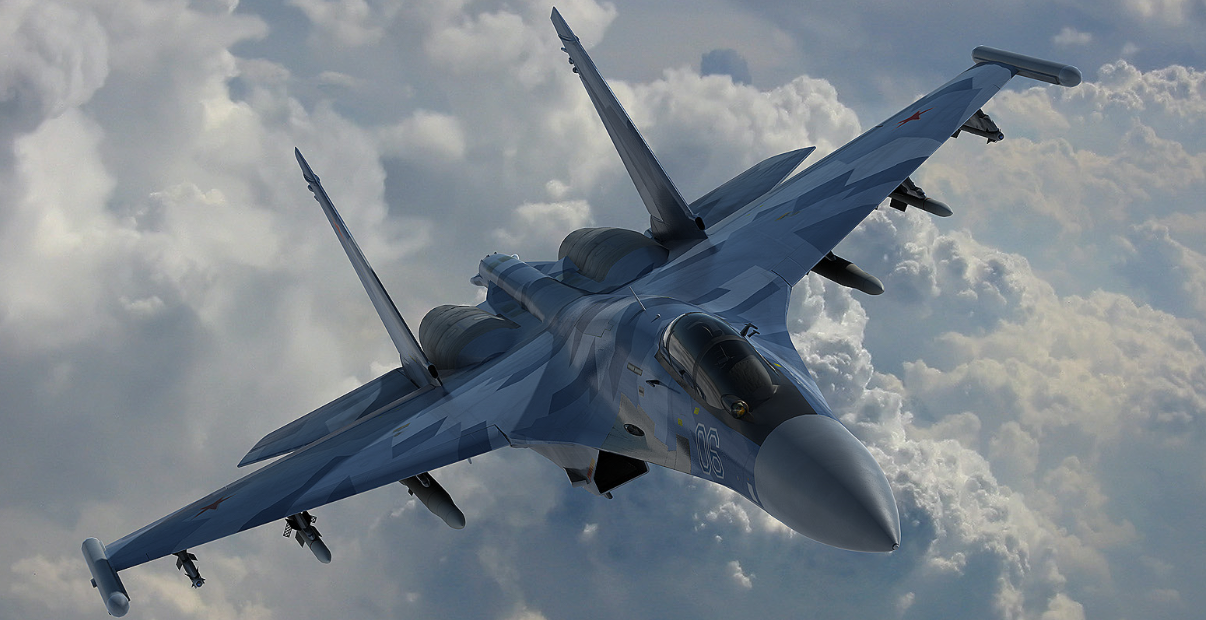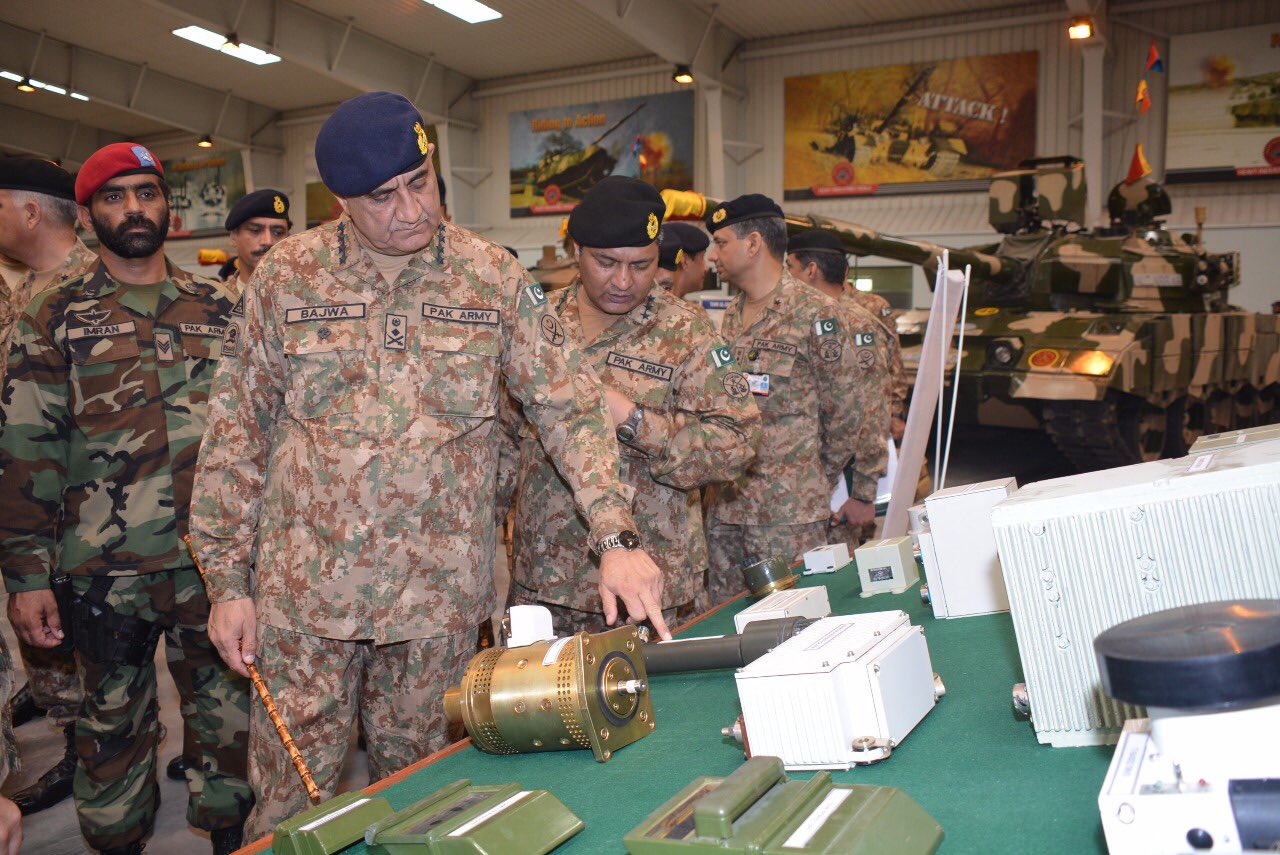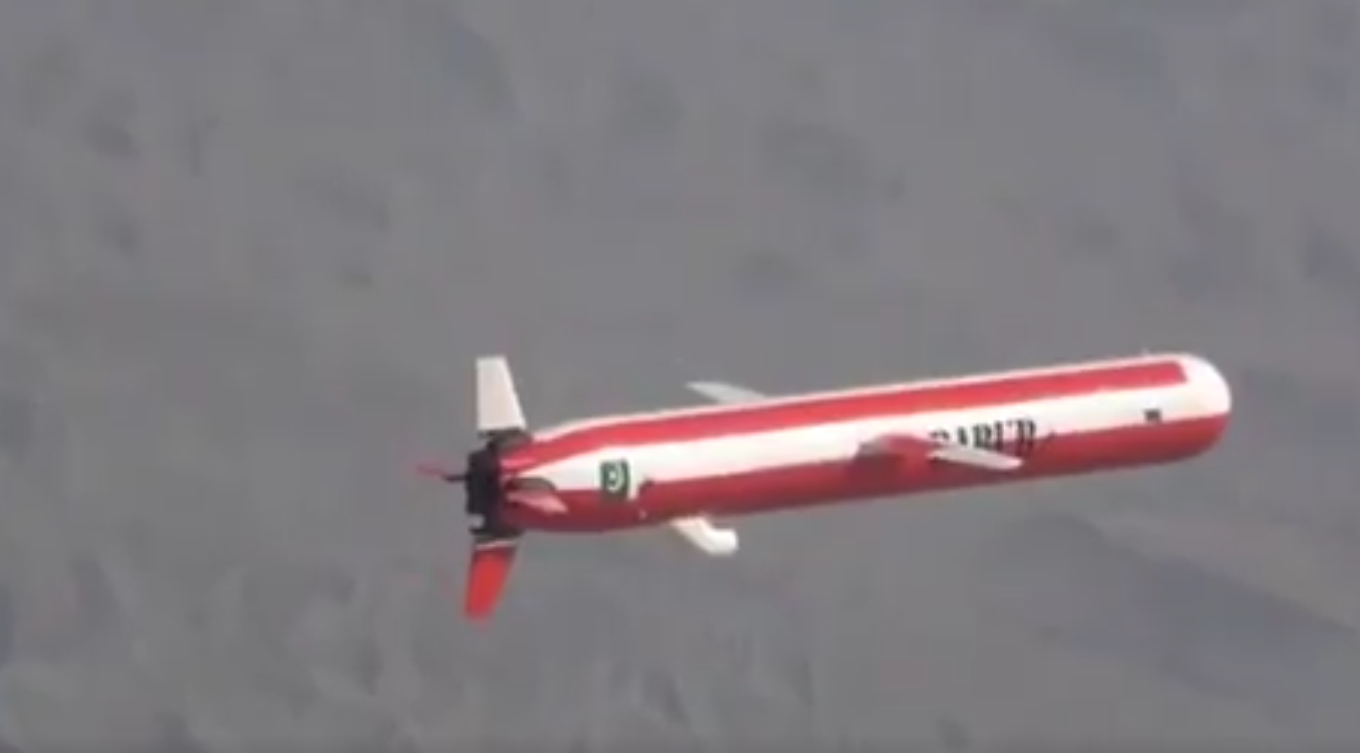2718Views 2Comments

Why is Pakistan looking at the Su-35?
By Bilal Khan
19 September 2015
It has been an interesting month for Russian-Pakistani relations. On the heels of a successfully concluded sale of an initial batch of four Mi-35 attack helicopters to Pakistan, reports about possible aircraft sales to Pakistan, most notably the Yak-130 and Su-35, began emerging. While there is no doubt that Pakistan’s commercial defence ties with Russia have improved considerably in the past few years (e.g. the vital role the Russians are playing by providing the RD-93 turbofan for use on the JF-17), I maintained (and still do) that it is important to manage expectations. A sudden jump to acquiring the Su-35, arguably Russia’s most advanced combat fighter on offer to the international fighter market, should not presumed.
For some background on this issue. On September 9th 2015 the Deputy Foreign Minister of Russia, Sergei Ryabkov, reportedly said that Russia was in talks with Pakistan over the sale of the Sukhoi Su-35. Although only one media source reported it (albeit a fairly credible one, Sputnik International), I felt this was not enough to indicate that there was enough smoke to infer a fire. Turns out, there may be a bit of a fire after all. A senior Pakistani government official told IHS Jane’s 360 that the Pakistan Air Force (PAF) was in fact in talks with Russia over the sale of Su-35-Es, but noted that talks were in their very early stages.
This is, without doubt, very big news. Not only does this lend credence to the talk about Pakistan expressing interest in the Su-35, but it also spells out several other implications as well. The first is the obvious impact this deal would have on Russia’s relations with India, and would necessitate the question of why Russia is even humouring such talks with Pakistan. The second implication is the apparent shift this would cause within the PAF’s doctrine, which until now has been defensive in nature (emphasizing the need to deny enemy air superiority) and not catered for long-range missions.
How will Russia get this deal past India?
The Indian dimension deserves a few articles in its own right, especially given New Delhi’s longstanding all-weather ties with Moscow and the interdependence of these two powers in the realm of defence. Yes, India is Russia’s leading importer and partner, but Russia is also India’s leading vendor and – despite India’s indigenous efforts – a preferred supplier of cutting-edge arms. It would be disingenuous to argue that one could thrive without the other. Russia needs India’s money and India needs Russia to competently equip, service and upgrade a significant proportion (if not majority) of its critical military equipment. I wonder if Russia is banking on this fact as a means to negate whatever pressure India plans to exert against a possible Su-35 sale that is apparently in the making between Moscow and Islamabad.
Why is Russia looking to conduct business with Pakistan?
Another, and increasingly cited, angle is that of Russia’s own geostrategic objectives, such as this article by former Indian ambassador to Uzbekistan and Turkey M.K. Bhadrakumar. In his piece Bhadrakumar argued that Russia and China could “coordinate their regional policies and the two big powers could be moving in tandem to strengthen Pakistan’s ‘strategic autonomy.’” According to Bhadrakumar this would be done through a mix of heavy economic investments as well as liberal access to advanced arms, thus gradually pulling Pakistan away from the heavy foreign relations influence of the U.S.
Personally, I would caution observers from adopting this point. Yes, there is an incentive for China and Russia to see a policy independent Pakistan capable of and willing to stand for its own interests in opposition to the U.S. However, Russia and China are not expansionary world powers looking to out-influence the U.S in other countries. China is Pakistan’s closest and most trusted defence partner, but that relationship has not translated into Pakistan taking an assertive stance against the U.S. on issues such as Afghanistan. That will depend on Pakistan itself and the capacity (as well as willingness) of its key decision-makers to consciously pull away from Washington. Investment from China and trade from Russia could help those decision-makers (and their ability to maintain an independent foreign policy), but those decision-makers actually need to exist in the first place, they will not come as a result of China and Russia’s efforts.
In the end the simplest explanation could be the most likely one, i.e. the fact that Russia may just be looking for another big market for its high-value goods. Yes a lot has and will be said about the capacity of the Pakistani economy to meet that expectation, but there may be some hope on the part of Russian exporters that Pakistan’s medium-to-long-term prospects will improve substantially in tandem with China’s massive infrastructure investments. It is unlikely that Pakistan would pay in hard cold cash, thus a financing plan (which Russia does provide) will likely be requested, so it will be interesting to see Russia’s terms (assuming talks reach an advanced enough stage).
Why is the PAF pursuing the Su-35?
This is an important question. The entirety of the PAF’s fighter fleet is currently composed of light and medium-weight single engine fighters. In fact, never in its history did the PAF operate a heavy twin-engine long-range combat platform akin to the Su-35 (or its major Western counterparts, e.g. the F-15E Strike Eagle). While the PAF does possess some offensive capabilities in its inventory, e.g. the 350km-range Ra’ad air-launched cruise missile (ALCM), it does not operate full out offensive platforms that are capable of carrying hefty payloads across long distances.
Here is a brief comparison of the JF-17’s physical performance parameters (e.g. range and payload) to that of the Su-35 (taken from one of my previous pieces):
The Su-35 possesses considerable range and payload, especially when compared to the up and coming PAF mainstay, the JF-17. For example, the ferry range of the JF-17 is 3482km (link), the Su-35’s ferry range sits at 4200km (link). In terms of take-off weight the JF-17 and Su-35 run at 12,383kg (link) and 34,500kg (link), respectively.
It is clear from the above that the Su-35 would offer a significant range and payload improvement over the JF-17. The question is, why is the PAF looking to acquire this kind of power?
In terms of how a long-range twin-engine fighter would be valuable as a maritime and power projection asset, retired PAF Air Commodore and former PAF fighter pilot Kaiser Tufail said the following:
The Su-35 “being a twin-engined aircraft with vast range (and endurance), it would help us to have a significant and potent presence in the Arabian Sea, something that the puny, aging Mirage squadron is ill-suited for (as is the JF-17 from the range point of view),” he said. “Given the changing geo-politics and the Chinese investment whose trade terminus is Gwadar, there is definitely going to be a need for a long-range fighter. So essentially, I see it as a guarantor of maritime security as far as the airspace is concerned.
… “This has been a yawning gap in [the air force’s] capabilities. These fighters would also allow unhindered patrolling by the naval [long range maritime patrol aircraft], as well as providing top cover to our fleet at sea,” DefenseNews
In a similar vein, a senior Pakistani government official told Farhan Bokhari that the PAF was interested in building its capacity to engage in deep-strike missions:
The official said Pakistan’s interest in the Su-35 was driven by the PAF’s need for a twin-engine fighter “that can fly for a longer range than the JF-17 and penetrate more deeply into the enemy’s territory”. IHS Jane’s 360
Maritime and deep-strike missions are essentially the two primary reasons why the PAF would look at the Su-35, but it does not answer why there is a shift in doctrine. Why is the PAF concerned about strengthening its capacity to engage in maritime missions and why is it looking to build deep-strike fleet?
It is important to remember that Pakistan is not an expansionist power looking to assert itself in the affairs of other countries. One of the motivations behind a country’s desire to build power projection capabilities is the need to expand its domain of influence, but that is not something Pakistan would engage in. The real reason behind this sudden interest in the Su-35 (and possibly similar platforms) may be found within the Pakistani military’s doctrine of minimum deterrence.
In other words, it is possible that the necessary threshold of conventional capabilities required to maintain minimum deterrence against India has grown, and consequently, necessitates a platform such as the Su-35. A quick look at the Indian Navy and Indian Air Force’s significant modernization programs will lend to this point. There will be a time when Pakistani ports would have be safeguarded against multiple Indian aircraft carriers (and their carrier groups/support fleets). Even if the Pakistan Navy were to acquire a sizable number of multi-mission frigates and submarines, it would still need the support of the PAF to help protect its assets from enemy aircraft, and India’s naval air arm is fast becoming a critical threat.
In terms of building its deep-strike capabilities, it is possible that the PAF sees the advent of force multipliers such as in-flight refuelling aircraft as enablers for India to use its eastern territory as staging grounds for attacks on Pakistan. Platforms such as the Su-35 (especially when paired with ALCMs) can be seen as assets to help address that concern.
Managing Expectations
Perhaps the biggest takeaway from this news is the fact that the PAF is looking to procure a heavy twin-engine long-range fighter such as the Su-35. Whether it decides to or is able to acquire this fighter is another story, but this saga does lend a hint as to the PAF’s future acquisition plans. It will also be interesting to see how other vendors such as the Eurofighter Consortium or even Boeing (though I would not hold my breath) would respond to this apparent shift in the PAF’s thinking. In any case, we will find out in the months ahead.



2 Comments
by Frkh
What are your views on the chinese jh-7b for maritime role for pakistan?
by saqrkh
It’d be an interesting solution, but I imagine the PAF would use a multirole fighter for the task. Not sure if it wants to dedicate resources to a specialist strike platform like the JH-7B.